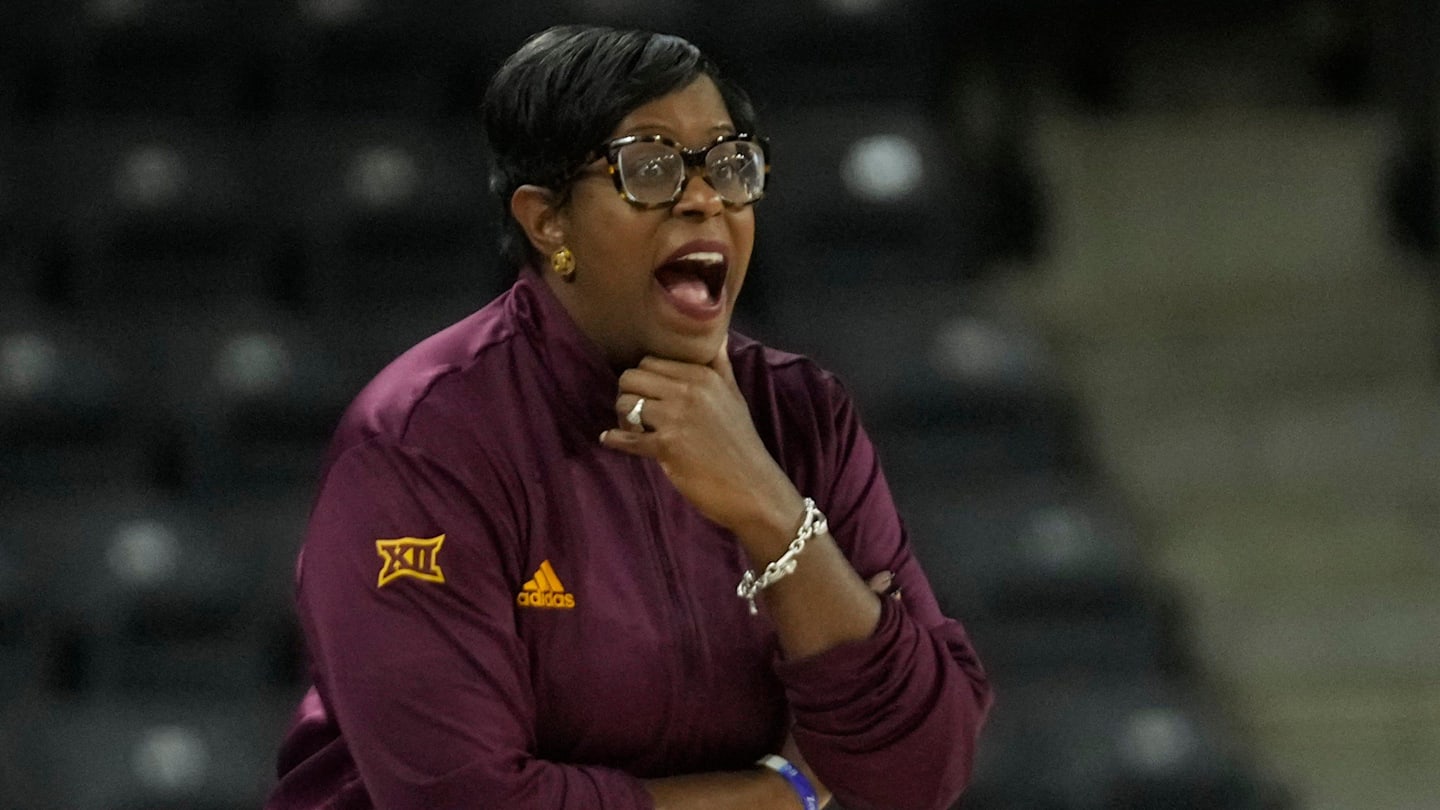5 exercise hacks you ‘must’ add to your weekly routine to age well after turning 40, from Laura Whitmore’s coach

Searches for ‘longevity’ have officially topped 8,000 per month. If you’re one of these 8,000 people, you may be under the impression that in order to live a long and healthy life, you need to invest in regular high-tech treatments and supplements – Netflix documentary Don’t Die, for example, follows entrepreneur Bryan Johnson on his $2 million a year biohacking pursuit, including blood plasma transfusions and 100+ supps a day. But longevity comes cheaper than you think. According to Laura Whitmore’s coach and founder of Pillar Wellbeing Harry Jameson, including these five elements of fitness in your weekly routine ‘after turning 40’ is key for ‘ageing well’.
‘Ageing well is about taking care of both your physical and mental wellbeing,’ he writes on Instagram. ‘Some people might think that they don’t have time for the above; I would argue that you MUST make time before time runs out.’
Here’s what he recommends.
‘It is vital to maintain lean muscle mass as you age. I aim to lift full body at least twice each week,’ says Jameson.
Studies show that women tend to start going through the perimenopause in their mid-to-late 40s, meaning your oestrogen levels – which play a big role in muscle repair – start to decline. Sarcopenia – the rate of muscle mass loss – also occurs at around 3-5% per decade after the age of 30, so Dr Stacy Sims, PhD, exercise physiologist and author, agrees with Jameson that regular strength training is essential for women.
She recommends that you keep your reps low and shoot for 3 to 5 sets of 6 to 8 reps; fewer reps mean you can lift heavier, meaning more stimulation for your central nervous system (CNS), she says. ‘We typically rely on oestrogen to recruit muscle fibres and build strength, so you want to teach your CNS to pick up some slack,’ she adds. Dr Sims suggests strength training for 45 to 60 minutes, no more than four days per week, to give your muscles and nervous system time to recover before you go again.
‘I do high-intensity intervals to maintain and develop my VO2 max. The better your VO2 max, the longer and healthier you’ll live. Simple,’ Jameson says.
VO2 max is ‘the ultimate test for your lungs – a measure of how much oxygen your body can take in and use when you’re exercising at max effort,’ says Dr Sims. It’s often considered the gold standard for cardiorespiratory fitness – think of it as your personal record for oxygen consumption. The higher your VO2 max, the more efficiently your body churns out energy, which can mean better endurance, stronger performances, and a whole lot more stamina, says Sims.
Short, intense intervals (like sprinting for 30 seconds, then walking for 60) can help increase your aerobic capacity over time. Aim for two to three HIIT sessions per week, each lasting no longer than 20 minutes (any longer and it’s unlikely that you’ll be able to train with max effort), with intervals no longer than 60 seconds – especially if you’re experiencing perimenopausal symptoms.
Going over intervals of this length can mean greater increases in the stress hormone, cortisol. Cortisol in itself isn’t a bad thing as it gives you a surge of energy, but you want to avoid those stress-hormone levels remaining elevated longer than necessary to get the job done, as cortisol is typically already elevated during the perimenopause.
‘My long and slow Sunday run builds aerobic base and clears the mind,’ says Jameson.
Zone 2 cardio uses fat (and oxygen) as its energy source, as opposed to carbs, which is why it doesn’t feel as hard or uncomfortable as anything in zone 3 or above. Andy Vincent, a sports and conditioning coach defines zone 2 as: ’65-75% of your max heart rate. It’s an “easy” run or cycle where you can maintain a conversation without getting too out of breath.’
Benefits include improving your aerobic base – at the base of your cardiovascular system, which will make more intense workouts feel easier; lowering your resting heart rate; and improving your recovery, as ‘With a larger aerobic capacity, you can supply your muscles with more oxygen both during and after exercise. You will also be more able to flush out lactic acid – the stuff that builds up in your muscles and causes DOMS – more efficiently. This means you can go again quicker and push successive bouts of training harder,’ says Vincent.
Aim for one-two 30-60-minute sessions per week – indoor cycling is a good modality to start with as it means you can avoid resistance from the weather and any unexpected inclines, both of which will increase your heart rate.
‘I place a big emphasis on both my warm-up and my cool down, but also will do standalone stretching and mobility sessions,’ Jameson says.
Mobility exercises help improve your joint flexibility and function so you can move better as you age, as the amount of synovial fluid, responsible for lubricating your joints, decreases with age, while your cartilage, which cushions the bones in between your joints, also thins.
The better you can move, the better you can perform. For example, the deeper your squat, the more muscle fibres you recruit, meaning you train more of your muscles at once, which can help with offsetting sarcopenia (the loss of muscle mass), which increases with age. Practicing regular mobility will also reduce the risk of injury as your muscles will be able to move more freely around your joints.
Aim for a five to 10-minute mobility session before and after every workout, and try to stick to five to 10 minutes on non-workout days, too. Always include an exercise-specific mobility warm-up and cool-down, with stretches that mimic the movement of the exercises you’re doing.
5. Active recovery
‘Rest days from exercise are still active. Stretching, breathwork, meditations, saunas and cold plunge – for both mind and body,’ Jameson says.
Rest days are essential for both recovery and making progress as you age. ‘You have to let your body heal from the work you’ve been doing all week. Your muscles need a chance to desensitise and get used to the progression you’ve already made. If you push your brain too hard at work, you burnout. It’s the same with your body,’ says Barry’s Bootcamp master trainer Jemma McKenzie-Brown.
Another thing to watch out for – especially as you age and your muscles and bones could become weaker – is that there is an increased likelihood of injury as fatigue sets in, if you don’t implement rest days. ‘Although your muscles may “feel” ready to train, your central nervous system might be pretty fatigued leading to bad movement patterns and this can increase the chance of injury,’ advises luxury gym Third Space’s Head of Education, Josh Silverman.

Bridie is Fitness Director at Women’s Health UK. She spends her days sweating over new workouts, fitness launches and the best home gym kit so you have all that you need to get fit done. Her work has been published in Stylist, Glamour, Cosmopolitan and more. She’s also a part-time yoga teacher with a habit of nodding off mid savasana (not when she’s teaching, promise).
Related
Yaslen Clemente Shows Off Leg Day Gains and Shares Her…
Yaslen Clemente isn't just an influencer—she's a fitness powerhouse. The social media star is known for her intense workouts, and she recently sha
Samantha Espineira Stuns in Blue Swimsuit and Shares Her 5…
Samantha Espineira knows how to turn heads, both on and off the runway. The successful model and Instagram influencer regularly shares breathtaking
The Best Fitness Trackers To Help You Reach Any Health…
Best Health Tracker: Oura Ring 3Why We Love It: I’ve tried many, many fitness trackers—but I tend not to stick with one watch or band for very long. I’ve
#CycleSyncing debunked: Popular TikTok trend not backed by science
A new study has debunked a popular TikTok wellness trend called cycle syncing, which claims that tailoring a workout routine to match the hormonal changes that
















